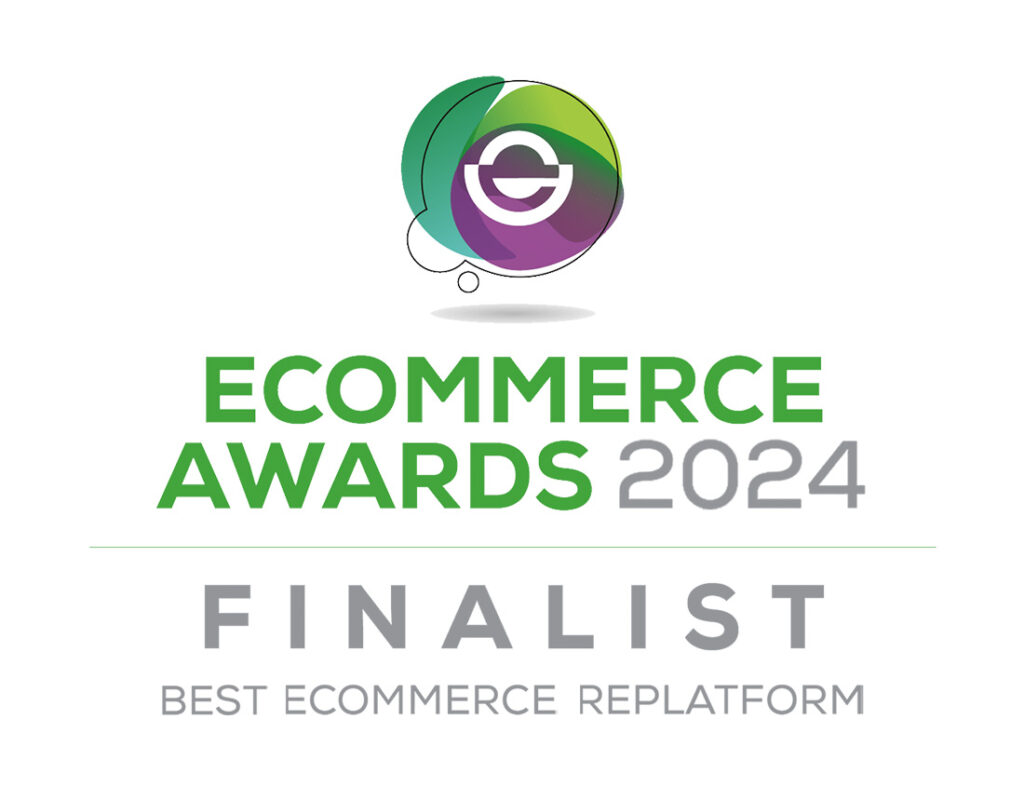Following business-to-business (B2B) ecommerce best practice can help you gain a larger share of digital B2B sales, which are estimated to be approaching US$10 trillion per year globally.
Your B2B customers will expect flexible pricing, high volume ordering capabilities, bespoke shipping options and multiple secure logins. Creating a seamless online operation that fits with your business processes and delivers excellent experiences for your buyers is essential in a modern environment.
Here are some of the essentials that will contribute to your continuing B2B success:
Simple navigation
Most of us will use online searches to answer questions and to solve problems. When visitors arrive at your site, the first and most important objective is to make it easy for them to find what they want.
You need to have a clear view of what your buyers are looking for and your site must quickly and simply show them that you can provide a solution. If your site navigation is unclear they will move on quickly, so providing easily recognizable product categories, hierarchies and product filters is important. While this might sound challenging, your ecommerce platform should make this easy by enabling you to add product attributes and attribute groups.
Intuitive search
Since the first stage of a buyer’s journey is usually about gathering information they might already have typed the same queries multiple times, becoming more frustrated as they go. If your buyers have to think too hard or too long about how to find what they are looking for on your site they will probably go elsewhere.
Your site search function can provide auto-completion options to help them and improve their overall experience. Automatically making suggestions for common product synonyms in your product descriptions can also speed up the process and increase the chances that your buyers will find what they are looking for.
Quality images
Your ecommerce platform should help you to manage product information. Importantly, buyers will want to see your products as well as read their descriptions and specifications. The standard of your imagery must be high to hold their attention and to create the right impression. Images must be high quality and optimized for the web so that your site is fast. Ideally you should offer multiple views and zoom options. Augmented reality gives your customers 3D views of your products from multiple angles to help them make their decisions.
Flexible shipping
Shipping and delivery are important in the decision-making process, so the options must be easy to understand and flexible enough to meet your buyers’ needs. Discounts or free shipping for sales above a value threshold can make a difference. Alternatively, your buyers might be happy to pay more for fast delivery. Offering your buyers a choice is the key to success.
Many buyers will expect to track their delivery in the same way they keep an eye on their online shopping. They might also want to give special instructions about how, when or where their delivery should take place. Providing a good shipping and delivery service will help to secure repeat orders.
Accurate stock information
When we’re shopping for fashion or household goods we will often be prompted to buy now because there are only two items left in stock. Providing accurate inventory information in real-time can speed up decision-making. Since B2B purchasing is often a lengthy process, this is a valuable tool, and it will help to manage expectations. Add another dimension by giving buyers the option to be notified as soon as out of stock items are available again.
Multiple storefronts
If your plans for business growth include multiple niches or countries you can tailor the online experience for different audiences without creating multiple websites. To run multiple stores your ecommerce solution should make it easy to share your inventory, design and management so you can have flexibility and consistency across multiple storefronts. You can test different search engine optimization (SEO) approaches for each audience and measure results.
Payment options
In the B2B environment multiple payment methods are expected. Depending on your customers you might need to offer everything from paper invoicing, purchase orders and checks to credit card payments and third-party options like PayPal. Larger customers might also expect to have a corporate account with automatic approvals up to certain values.
Customized pricing and discounts
Many B2B companies sell directly to their customers as well as wholesalers and distributors. Your ecommerce system should make it easy for you to offer a full range of pricing options. This could include pricing according to sales volume, customized pricing for registered buyers on login, or purchasing rules controlled by account holder profiles.
Your strategy can include introductory pricing for new customers, volume discounts to encourage larger purchases, loyalty pricing and promotions to help you retain existing customers. It can all be controlled via your ecommerce platform and back-office systems.
Personalization
While sales are between businesses, people make the decisions. They will value everything you do to recognize their needs, showing that you value them as customers. Make sure that they are treated as an important person every step of the way. Use appropriate language and deliver personalized messages, responses, promotions and offers, based on their buying history rather than generalized rules.
Easy self-service
Whether you are selling to wholesalers, retailers or directly to your end users, the process must be easy. They will expect to be able to browse and buy at any time. Anything that slows down the experience for your buyers should be avoided.
Pre-populating fields or providing favorites lists will make reordering easy. When your ecommerce platform is integrated with your enterprise and customer relationship management systems you can streamline processes, improve customer satisfaction and gain a competitive advantage. You can also reduce the need for manual data entry, cutting errors and inefficiencies, which will save you time and money.
While your customers might start their buying journey online, it must be easy for them to contact your sales, after sales and customer services teams. When everyone can see the same information at the same time, your staff can add value to every transaction before continuing to complete the sale. Alternatively, your buyer can return to the online process themselves when their questions have been answered.
Analysis
One of the great advantages of ecommerce is the amount of information you can capture about buyer behavior, customer trends and preferences. This is dramatically enhanced when all of your business systems are integrated. You can have a single view of every aspect of your business, almost in real time. With the power of artificial intelligence and machine learning your systems, processes and services can be quickly and effectively monitored an improved.
Cloudfy has been designed from the outset to meet the needs of B2B ecommerce, so all of these best practices are easy to implement. Find out how: book a free Cloudfy demonstration.






